ceramic floor tiles
Rapid growth in the building and construction industry, especially in Asia, Oceania and Latin America, is increasing the demand for ceramic tiles. Government initiative and investment in infrastructure and demographic characteristics are the main factors in the use of ceramic tiles in the region. The global ceramic tile market is projected to increase from $ 207 billion in 2020 to $ 285 billion by 2020 (porcelain, glaze), application (floor, interior wall, exterior wall, other), end use sector (residential and non-residential). 2025 to grow. The market is growing due to population growth, rising operating revenues, growth in renovation and reconstruction activities, and increased investment in the residential and commercial sectors, and demand for ceramic tiles in the residential sector is expected to strengthen over the next few years. The growth of the ceramic tile market in the Asia-Pacific region is also due to the increasing demand for ceramic tiles in countries such as China, India, Thailand, Indonesia and Vietnam, which is due to the significant growth of construction opportunities in these countries. According to the World Bank, APEC (Asia-Pacific region) is the fastest growing region in terms of population and economic growth. This region has grown significantly in the last decade. China, India and other emerging APEC countries are reportedly home to more than 4 billion people and are projected to become a major driver of global consumption over the next two decades.
patterned
non-slippery
Ceramic tile industry in Iran
With the increase of construction activities in the country and the increase of export value, the ceramic tile market in Iran is expanding rapidly. The industry has an annual production capacity of nearly 700 million square meters per year, and exports of $ 2 billion are targeted for this industry. Iranian ceramic tiles have good markets in countries such as Iraq, Afghanistan, Pakistan, Turkmenistan, Georgia, UAE, Tajikistan, Armenia, Uzbekistan and the Republic of Azerbaijan.
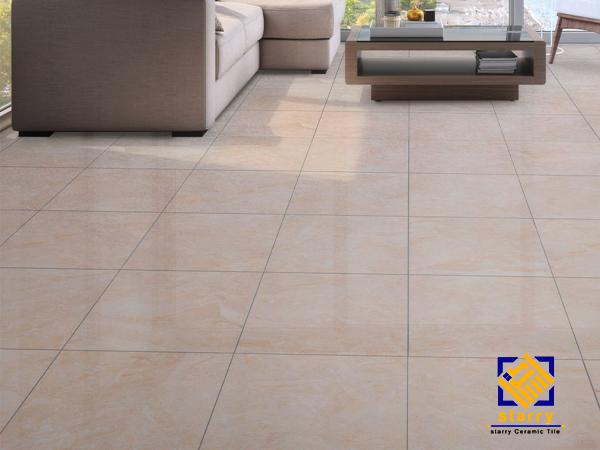
How Much Capital Is Required for Starting Tile Industry?
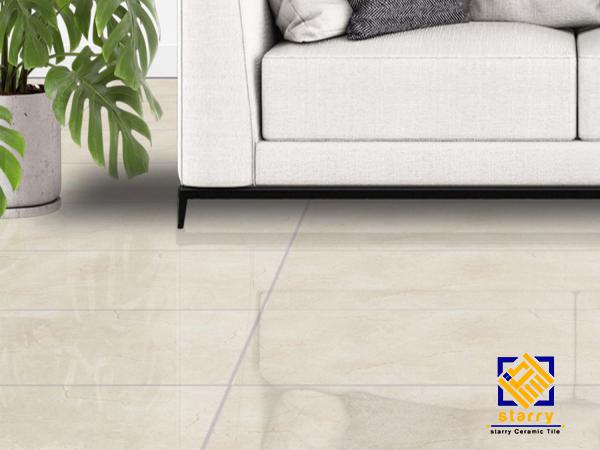
Introducing the job of selling ceramic tiles + Guide for choosing a job selling ceramic tiles + Training for setting up a ceramic tile shop + Everything you need after setting up a ceramic tile shop (growth hack).
We not only introduce the job of ceramic tiles, but we are with you from 0 to 100 launching this job from buying equipment to marketing and sales.
Ceramic Tile Shop
Ceramic and tile are widely used in construction.
As you know, the increase in the construction of houses and apartments, as well as the reconstruction of dilapidated and dilapidated houses, has grown significantly in the last two decades.
This has led to high consumption of ceramic tiles and its production, and a good market has been created for this product.
The production of ceramic tiles in Iran is over 700 million square meters per year, which puts Iran in fourth place in the world in terms of production.
Consumption of 400 to 450 million square meters of ceramic tiles in Iran indicates the volume and demand of this large market.
In addition to the good sales that ceramic tiles have in this market, it also leads to a very favorable profit margin.
For this reason, if you have the right capital to start, ceramic tiles can be one of the quick and profitable jobs.
If you are also thinking of starting a ceramic tile shop, stay with us until the end of this article.
You will now have the best specialists in setting up a ceramic tile shop by your side, so it is better to drink water from the spring.
Next we go to the abacus formula (formula number 1 job selection) for ceramic tiles, the abacus formula will answer five important questions about this job
Which Indicators Affect Ease of Doing Business?
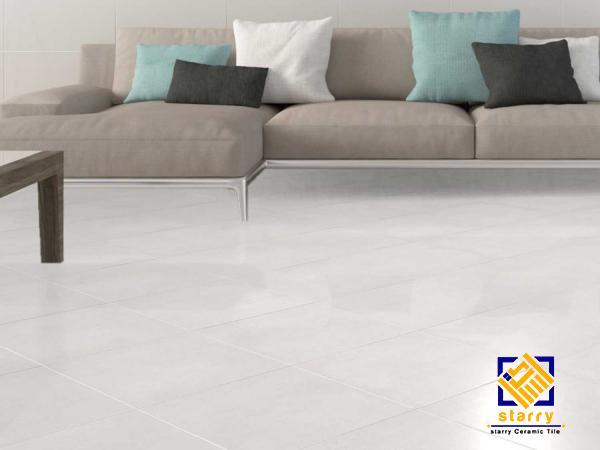
Doing Business in different countries has been on the World Bank’s agenda since 2004. The project, led by the IFC, the bank’s private sector development arm, examines countries ‘laws and regulations to find bottlenecks, restrictions and barriers to optimal private sector activity, and ranks countries’ economies based on benchmarks.
In this project, the public business environment is evaluated and its ultimate goal is to show the face of each economy in interaction with economic actors, especially the private sector.
Doing Business affects aspects of business regulation that affect small domestic companies based in the largest commercial city of 190 economies. In addition, a second city is covered for 11 economies.
What does Doing Business information and data show?
When low-income economies achieve higher levels of economic efficiency, they tend to close the income gap with extended downturns. One study quantifies the relationship between income regulation and the income gap between developing countries and the United States. This shows that significant barriers to entry into developing economies account for almost half of the income gap with the United States.
The figure below shows the start-up costs have decreased over time in developing economies.
Choosing Best Ceramic Tile for Importing in Bulk
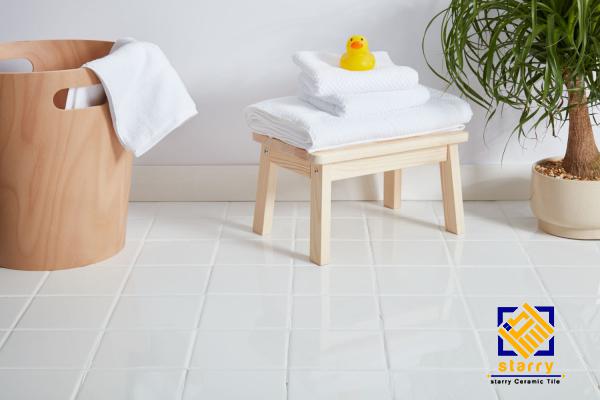
Pricing is an issue that is very important in the export of ceramics and tiles. Since export tiles are loaded on packed pallets, the total weight of the shipment is always stated in tons or the same as a thousand kilograms.
Tile is one of the heavy building materials. If pricing is done unsupervised, the buying and selling price will increase exponentially. Ceramic tiles are exported through sea border and land border. The price of a ceramic trade shipment will vary depending on the destination country.
Each type of ceramic tile, which has a different quality, is considered for export in various designs and colors. These apparent differences affect pricing.
Another factor that is involved in pricing for the export of ceramics and tiles is the volume of customer demand for purchase. Usually in bulk orders for mass production projects, prices are reduced as much as possible. Shipping costs and customs costs are always calculated separately from the purchase price of ceramic tiles from the factory door.
Take a look at the steps of exporting ceramic tiles
The export of ceramics and tiles, like the export of other goods from Iran, is done according to a series of legal procedures. Ceramic tiles are exported from the factory door or warehouse to customs. Exporting companies must first evaluate the export capacity of these building materials to different countries.
For example, if you intend to export ceramic tiles to the UAE or Oman, you must carefully examine the market capacity within the same country. Without market research, the export process is practically useless and leads to nothing but losses!
Once you have evaluated the foreign markets, you can research the ceramic trade from the factory. Your factory must have the capacity to produce quality ceramics and tiles. Exporting ceramic tiles to countries that can not be bought in bulk is not recommended.
Those countries that are growing and more construction projects are being implemented in them are good destinations for ceramic exports from Iran. If you know the target markets carefully and do the international marketing process, then you can do all the work one after the other through legal steps or concluding contracts with factories and trading companies.
To export ceramics and tiles from Iran, it is necessary to obtain licenses from the Ministry of Mining Industry and Trade and legal licenses for trade. Supervision of standard shipping methods ensures that the cargo is loaded safely and reaches its destination. The important point in the process of exporting ceramic tiles is that the consignment must have export insurance.
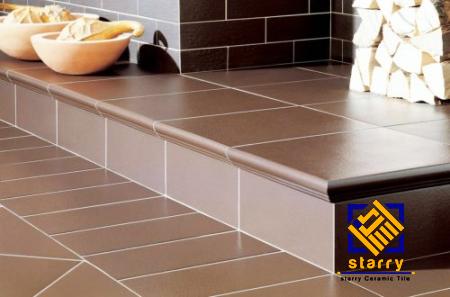
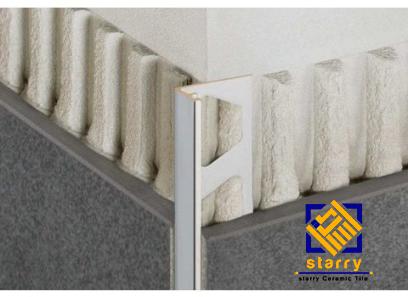
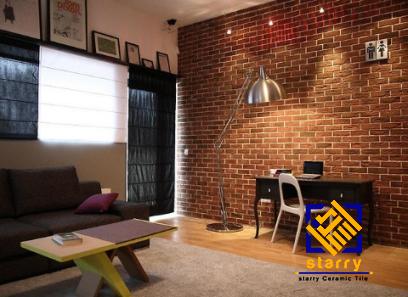
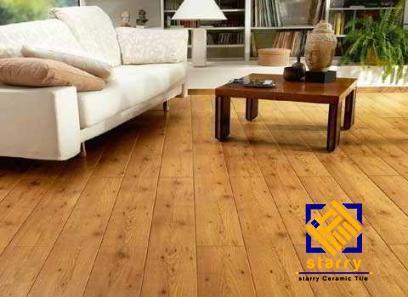
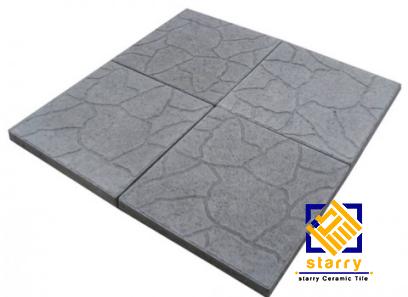
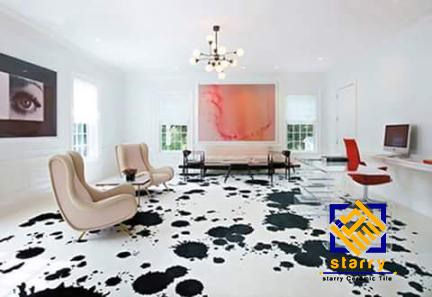
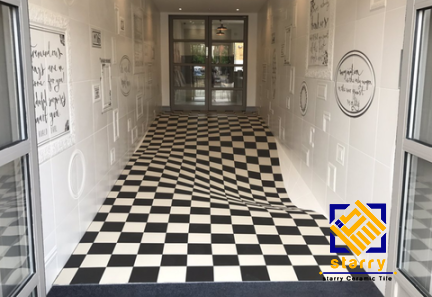
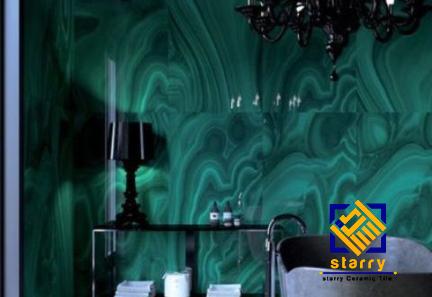

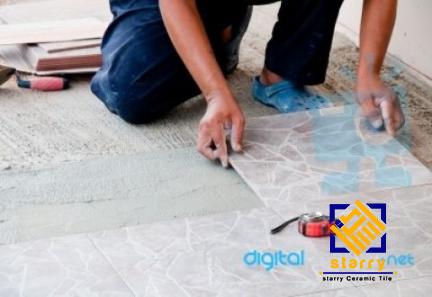
Your comment submitted.